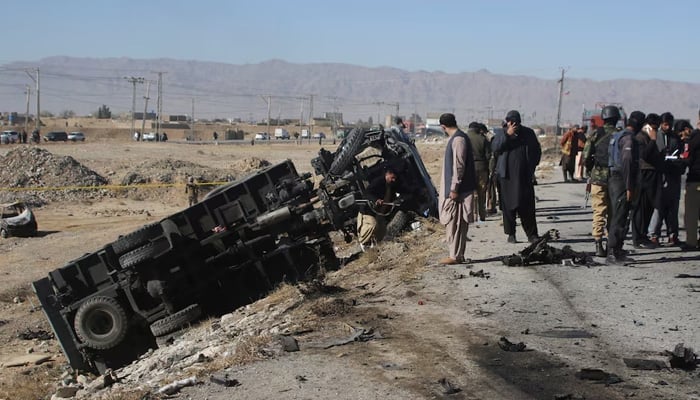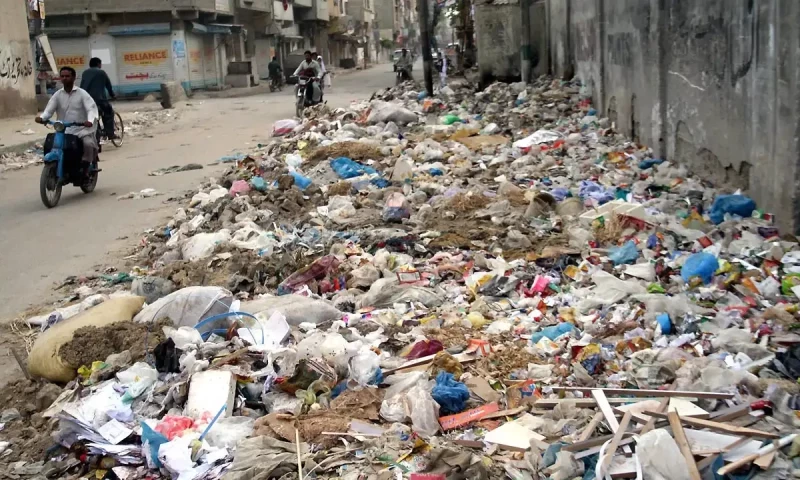In 2024, Pakistan found itself at the forefront of a global crisis, ranking seventh worldwide in civilian harm and second in casualties from improvised explosive devices (IEDs). These alarming statistics underscore a deteriorating security landscape exacerbated by escalating terrorism, political instability, and the proliferation of explosive violence.
Civilian Harm: A Growing Humanitarian Tragedy
According to a recent report by Action on Armed Violence (AOAV), Pakistan recorded 790 civilian casualties and 210 fatalities in 248 incidents involving explosives in 2024. This places the country seventh globally in terms of civilian harm from explosive violence. The majority of these incidents were attributed to IEDs, which accounted for 52% of explosive weapon use and 74% of civilian casualties.
The surge in civilian harm is closely linked to the resurgence of militant groups, particularly the Tehreek-e-Taliban Pakistan (TTP). The TTP’s increased activity has led to a rise in attacks targeting both security forces and civilians, often employing IEDs as their weapon of choice due to their low cost and high lethality.
IED Casualties: A Deadly Trend
Pakistan’s ranking as the second-most affected country globally in IED-related casualties highlights a growing trend of explosive violence. In 2022, IEDs were responsible for 74% of civilian casualties from explosive violence in Pakistan. This trend has continued into 2024, with IEDs being used in a significant proportion of attacks.
The widespread use of IEDs has had devastating effects on communities, particularly in regions like Balochistan and Khyber Pakhtunkhwa, which have been heavily impacted by militant activity. The indiscriminate nature of IEDs means that civilians, including women and children, often bear the brunt of these attacks.
The Surge in Terrorism: A Catalyst for Violence
The Global Terrorism Index (GTI) 2025 report paints a grim picture of Pakistan’s security situation. The country has been ranked as the second-most terrorism-affected nation, following Burkina Faso. The number of terrorist attacks more than doubled from 517 in 2023 to 1,099 in 2024, marking the first time since the GTI’s inception that attacks have exceeded 1,000 in a single year.
The Tehreek-e-Taliban Pakistan (TTP) has emerged as the deadliest terrorist group in the country, responsible for 52% of all terrorism-related deaths in 2024. The group’s resurgence has been facilitated by the Taliban’s return to power in Afghanistan, providing the TTP with safe havens and increased operational freedom.
Regional Impact: Balochistan and Khyber Pakhtunkhwa
Balochistan and Khyber Pakhtunkhwa provinces have borne the brunt of the violence. These regions accounted for over 96% of terrorist attacks and deaths in Pakistan in 2024. The proximity to Afghanistan has made these areas hotspots for cross-border militant activity, further complicating the security situation.
In Balochistan, the Balochistan Liberation Army (BLA) has been responsible for several high-profile attacks, including a suicide bombing at Quetta railway station that killed at least 25 people. The BLA’s activities have contributed significantly to the rise in IED-related casualties in the region.
Humanitarian Consequences
The escalating violence has had severe humanitarian consequences. Displacement, loss of livelihoods, and psychological trauma are widespread among affected populations. The use of IEDs, in particular, has disrupted daily life, with markets, schools, and public spaces becoming targets. The pervasive fear of sudden attacks has led to a breakdown in community cohesion and a sense of insecurity.
Government Response and Challenges
In response to the growing threat, the Pakistani government launched Operation ‘Azm-e-Istehkam’ in June 2024, aimed at dismantling terrorist networks and restoring stability. While the operation has had some success in targeting militant hideouts, challenges remain in curbing the flow of weapons and intelligence across the porous border with Afghanistan.
Furthermore, the government’s capacity to address the humanitarian needs of affected populations has been limited. The scale of displacement and the need for psychological support for survivors require a coordinated and sustained response from both the state and international partners.
Conclusion
Pakistan’s ranking as the seventh most affected country in civilian harm and second in IED casualties globally reflects a deepening crisis that demands urgent attention. The convergence of terrorism, political instability, and the proliferation of explosive violence has created a complex security environment.
Addressing this multifaceted challenge requires a comprehensive strategy that includes military action, intelligence-sharing, humanitarian assistance, and regional cooperation. Only through a concerted effort can Pakistan hope to reverse these troubling trends and safeguard the lives of its citizens.
Topics #featured #Pakistan #trending pakistan




